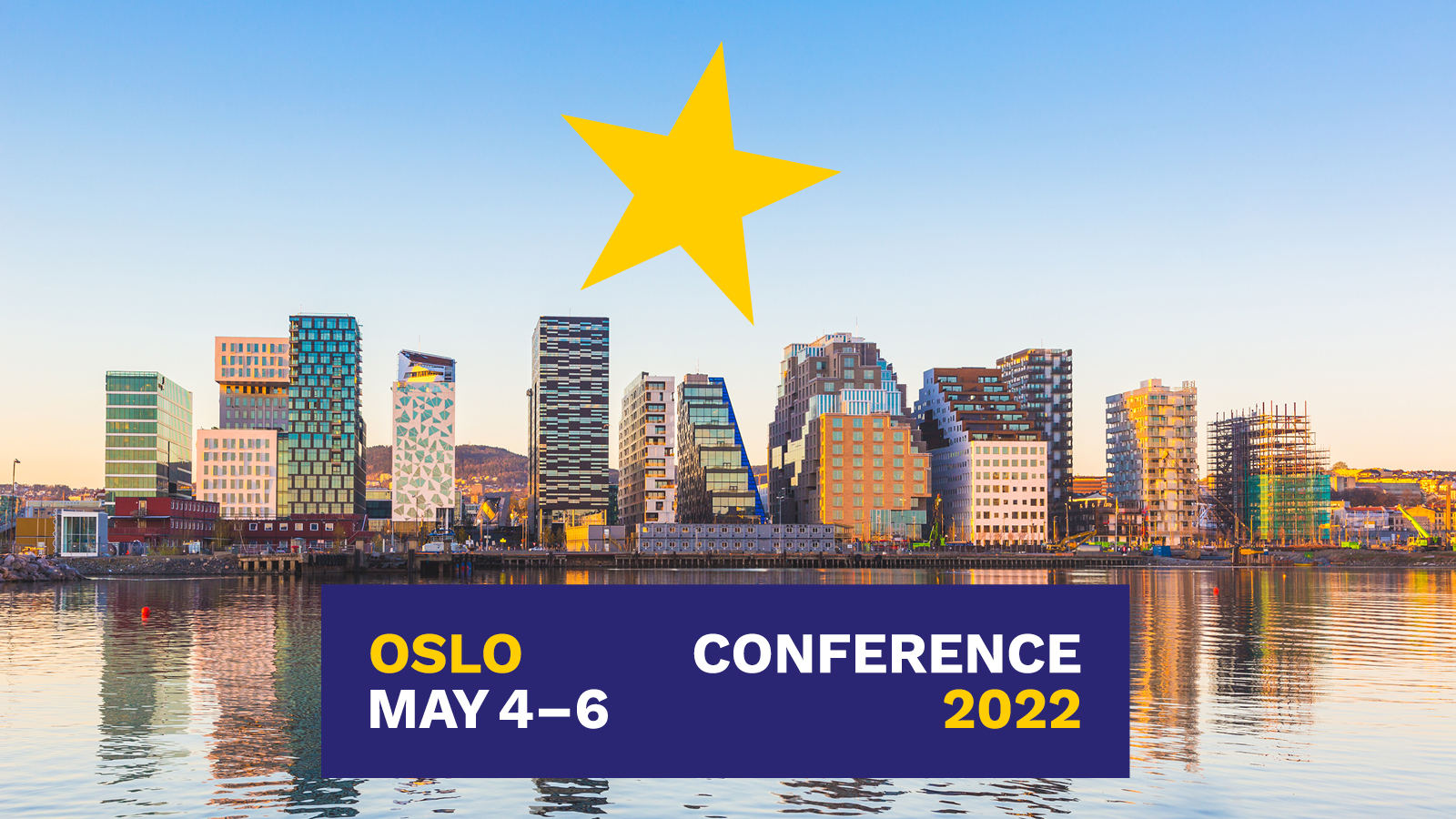How To Utilize Tools for EU Project Management
Conference
Format: Oral 30 Minutes
Topic: Project Management
Session: B2 - Post-Award: Session 1 by Yoram Lev Yehudi and Katrin Reschwamm - Session 2 by Elena Quagliato
Thursday 5 May 11:45 a.m. - 12:45 p.m. (UTC)
Abstract
A lot has been written, experimented, and learned about software tools for project management. Many attempts have been made with proprietary software developed for a specific project need that have evolved and expanded to a so-called “product”. Let us call it the bottom-up approach. On the other end, “professional” tools for project management have been consistently tried to implement in EU project set ups. This is the top-down approach. So far there is no consensus what the “common standard tool” for project management is. Let alone, many projects are managed without a specific tool, but with email as the main communication mean and a set of Office templates assisting in unified tasks.
There are many reasons for this fragmentation except from freedom of choice. Among them we can note the following: Firstly, EU Projects change in terminology and in financial measures every now and then, secondly, the people who manage projects constantly vary.
Let us split the term “EU project management” into two: technical/scientific management; and administrative & financial management. Both have different needs for the same common goal. Here, we would like to focus on the common denominator, a pillar in both areas, that is - the “communication”.
What do we do differently? We assume that it is equally important to manage communication of a project, rather than to manage the tasks of the project. Hence, we built on an approach that the tool need not to manage the project as such, but the communication of the project, in a way that will suit EU consortia.
The road is not that smooth. There are many hurdles such as people not accepting yet another “system” for management, or they are bombarded with many non-relevant messages, and so forth. Hence, a significant part of the lessons learned are that adequate introduction and basic training is needed, in order to get consensus. And only when the initial labor pains are gone, the concept starts to deliver and show that the whole is greater than the sum of its parts and in fact the project becomes the tool and vice-versa.
In this session we will share some practices, thoughts, and tips on how to implement such tools properly, with a demonstration of a specific tool (Basecamp) that is being used successfully. Aspects such as desired modus operandi, business model and degree of access rights, as well as proposed “mapping” of a typical EU project to the tool. This session will be very useful for experienced project managers who seek ways to improve their skills and professionalism in handling complex EU projects.
Learning outcomes:
Understanding the importance of a framework that goes beyond simple email
Lessons learnt from running 6 projects with a dedicated tool (Basecamp)


